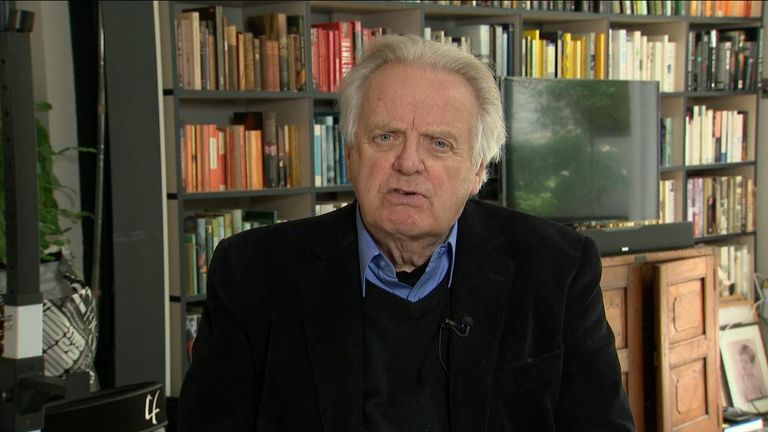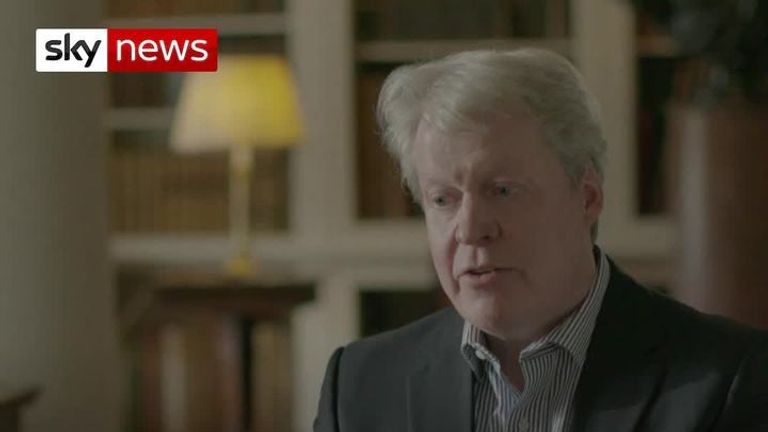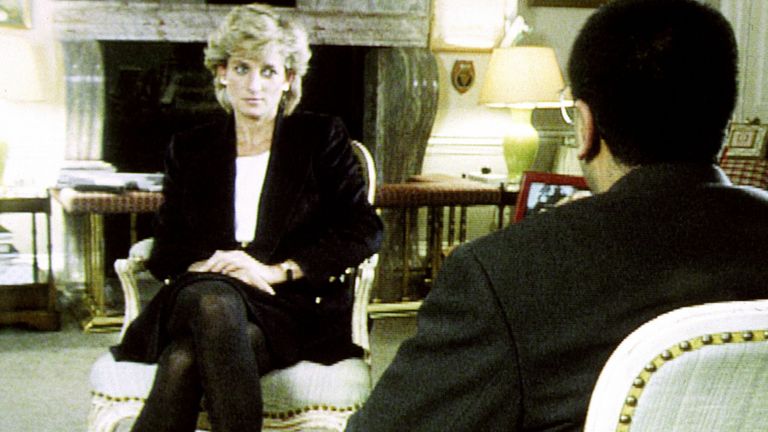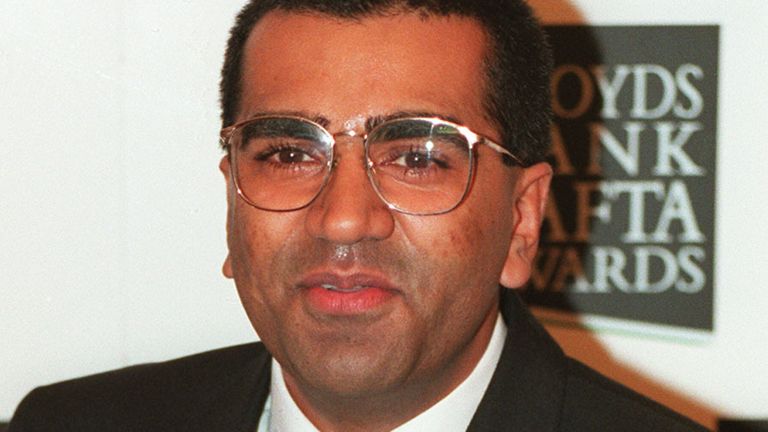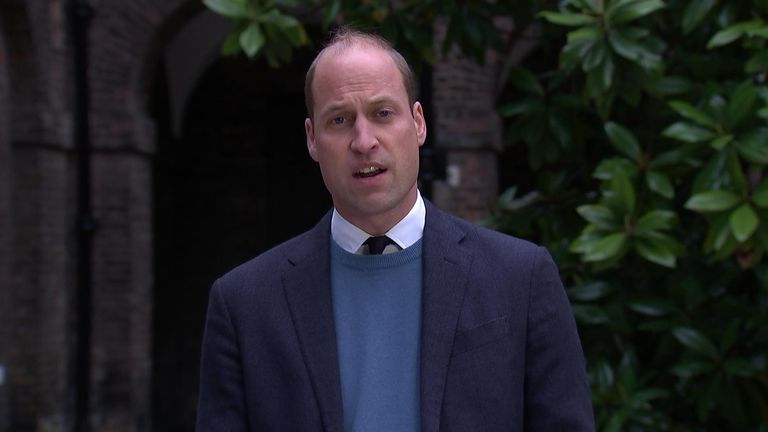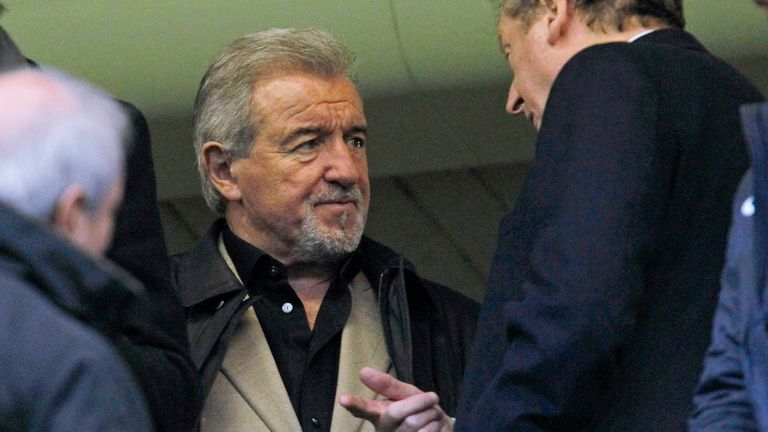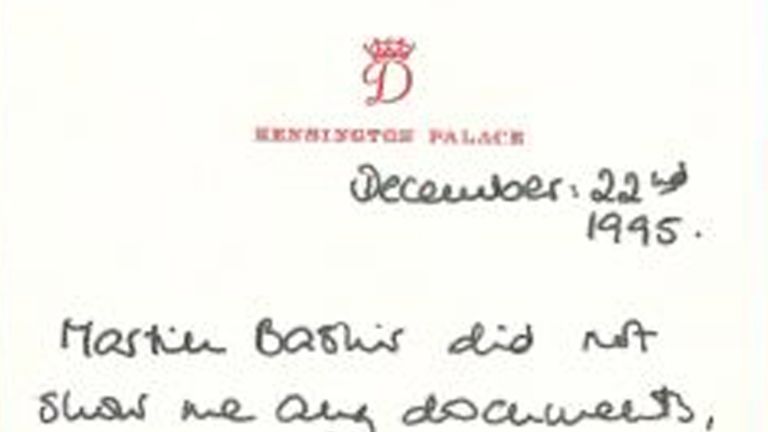Martin Bashir’s Diana interview: The four questions left unanswered by report into Panorama episode
The report into how journalist Martin Bashir secured a landmark interview with Princess Diana has left several questions unanswered.
Lord Dyson, who conducted the investigation, concluded that Mr Bashir used “deceitful behaviour” to secure the Panorama interview with Princess Diana in 1995.
He found the journalist breached BBC rules by mocking up fake bank statements showing payments from a trust fund and News International into the account of Alan Waller, a former employee of Diana’s brother, Earl Spencer – and showing them to the earl to gain access to the princess.
The inquiry also said the corporation covered up Mr Bashir’s behaviour, and that it “fell short of high standards of integrity and transparency”.
However, there were four key questions surrounding the scandal that Lord Dyson was unable to answer.
Why did senior executives choose to believe Martin Bashir so readily?
Mr Bashir admitted lying to editors and BBC executives three times about showing the fake bank statements to anyone before he was forced to admit he had shown them to Earl Spencer following a Mail on Sunday story.
But during the BBC’s initial 1996 investigation, they believed Mr Bashir when he said showing the documents had not been in the context of requesting an interview.
When questions about the graphics first came up, Princess Diana had sent a note saying she had not been shown the fake documents, which Lord Hall, then director of news before becoming director-general of the BBC, said made them think she was not influenced by the graphics.
The inquiry by Lord Hall said after talking to Mr Bashir, he was satisfied the graphic had “no part whatsoever in gaining the interview” with Diana.
He called producing the graphic “unwise” but said he believed Mr Bashir, saying he had no reason for compiling the graphic “other than he wasn’t thinking”.
Lord Hall said he was writing to Mr Bashir to be “a great deal more careful in the future” – and guidelines will be drawn up to cover the use of reconstructed material and the payment of people who supply information to investigative programmes.
Lord Dyson said Lord Hall and Anne Sloman, the then-new head of weekly programming, believed Mr Bashir because “he was contrite” and Panorama editor Steve Hewlett had spoken to Earl Spencer so they did not need to.
In that inquiry, he said Matt Wiessler, the graphic designer who made the bank documents, will not work for the BBC again and leakers and “persistent troublemakers” would be removed from Panorama.
Lord Dyson said: “The failure to reach a conclusion on why Mr Bashir commissioned the fake statements (and showed them to Earl Spencer) was a fundamental failure by Lord Hall and Mrs Sloman to achieve the purpose of the investigation.
“But it should also have led them to have real doubts as to whether Mr Bashir was speaking the truth.”
He added that Lord Birt, BBC director-general at the time, told him Mr Bashir was “young, persuasive and had no form and that, in the absence of any counterfactual, it was reasonable to accept what he said”.
Lord Dyson says in the report: “I do not agree.”
Who burgled Matt Wiessler’s house?
The graphic designer who made the bank statements for Mr Bashir to show Earl Spencer, which he did not know were fake at the time, was burgled about a month after the interview aired.
Two CDs containing the graphics Mr Wiessler had created for Mr Bashir had been removed from a box they were in at his house.
He had contacted the Panorama producers and editor after the interview had aired and said he was concerned he might have unwittingly played a role in obtaining the interview by deception.
Mr Wiessler reported the theft to Tim Gardam, head of weekly programming, who said “leave it with me”, then called him to say “the matter was being handled and he should not worry”.
The graphic designer told Tim Suter, managing director of weekly programmes, he was worried the documents had been stolen to set him up as a “fall guy” and would be released to the press.
But after speaking to Mr Bashir, Mr Suter and Mr Gardam said they accepted the journalist was telling the truth about not showing the bank document graphics to anyone and the information came from Princess Diana herself, so he could not have used them to secure the interview.
The journalist said the Princess of Wales believed Mr Waller, who had worked for Earl Spencer, was being paid via a trust fund to leak stories about her and it was possible he was employed by News International and possibly even the security services.
Mr Gardam said that “given the explanation by Bashir, there seemed little to be gained by pursuing this [the burglary]”.
Lord Dyson’s report does not speculate about who stole the CDs and does not make clear whether the police investigated.
Who ordered the news blackout on the story at the BBC?
Lord Dyson said the BBC gave “evasive answers” to questions posed by newspapers in 1996 about how Mr Bashir secured the interview but he did not give any names of who prevented them from being answered.
By April 1996, there were several press enquiries to the BBC about the situation, with the Mail on Sunday being told the bank statement graphics were never published, only used in the initial part of the investigation, and discarded when some of the information could not be substantiated.
Articles continued to be written in 1996 about the fake documents and the BBC continued to say the graphics were put together as part of a wider investigation and there was nothing else to add.
The BBC press office also briefed the press that fake bank statement stories were being leaked by jealous colleagues – which Lord Hall says he did not know about and would not have supported.
Tom Mangold, a former Panorama reporter, wrote in 2020 that he believed Panorama’s editor, Steve Hewlett, was “behind the BBC cover-up to protect himself, Bashir and the whole corporation” and said he organised the blame on “jealous colleagues”, who Mr Mangold thought was aimed at him.
Mr Hewlett died in 2017 but his widow wrote to Lord Dyson denying the accusations and saying Mr Mangold had no proof, as he pointed out himself.
Lord Dyson criticised the BBC for not reporting on the allegations made against Mr Bashir, with a BBC statement from 1996 saying the story was “not sufficiently newsworthy”.
Everyone Lord Dyson spoke to from that time at the BBC could not tell him who exactly had made the decision to not cover the story.
Lord Dyson said he does not believe “all the relevant BBC editors individually made decisions not to run the story because they considered it was not sufficiently newsworthy to justify even a brief mention”.
He added that he is “satisfied that the BBC covered up in its press logs such facts as it had been able to establish about how Mr Bashir secured the interview…the BBC should have answered these questions”.
Were documents about Terry Venables’ Spurs rescue effort ‘cooked up’ as well?
Former England football manager Terry Venables was the focus of two Panorama episodes presented by Mr Bashir in 1993 and 1994, before the Princess of Wales interview.
Mr Bashir alleged Mr Venables had raised his £1m share of the funds that rescued Tottenham Hotspur while he was chief executive through a “sale and leaseback” deal.
A document reproduced on screen showed a schedule of assets used as collateral, which the programme claimed he did not own.
A criminal investigation was launched and no evidence of any criminal behaviour was found but the claims dogged his managerial career.
Mr Venables has long believed the documents were “cooked up” and after suggestions about Mr Bashir using forged bank documents to get the Diana interview emerged in 1996, his lawyer wrote to the BBC alleging the document used was false.
On both the documents used for the Venables episodes and given to Earl Spencer, the name “Penfolds”, a Jersey-based fund, was used as one of the payers.
Lord Dyson said in his report that graphic designer Mr Wiessler, was asked to make both the bank document graphics.
But he said Panorama producer Mark Killick “strongly disputes the suggestion that his commissioning of this graphic from Mr Wiessler [for the Venables episodes] can be compared with Mr Bashir’s commissioning of the fake Waller bank statements”.
Lord Dyson said he only mentions “the Venables affair” in the report as “various references were made to the Venables programmes after the airing of the Princess Diana interview”.
But he said he could say no more about it “since I do not consider that it falls within my terms of reference to investigate it”.
Mr Bashir wrote in his statement to the investigation: “I believe that I asked Matt to use the name ‘Penfolds’ for the Jersey-based fund – which is a name that came to mind to use as an example as it had arisen during the Venables story.
“It was a foolish addition and not a name that I had been told by the princess.”
Source: Read Full Article

